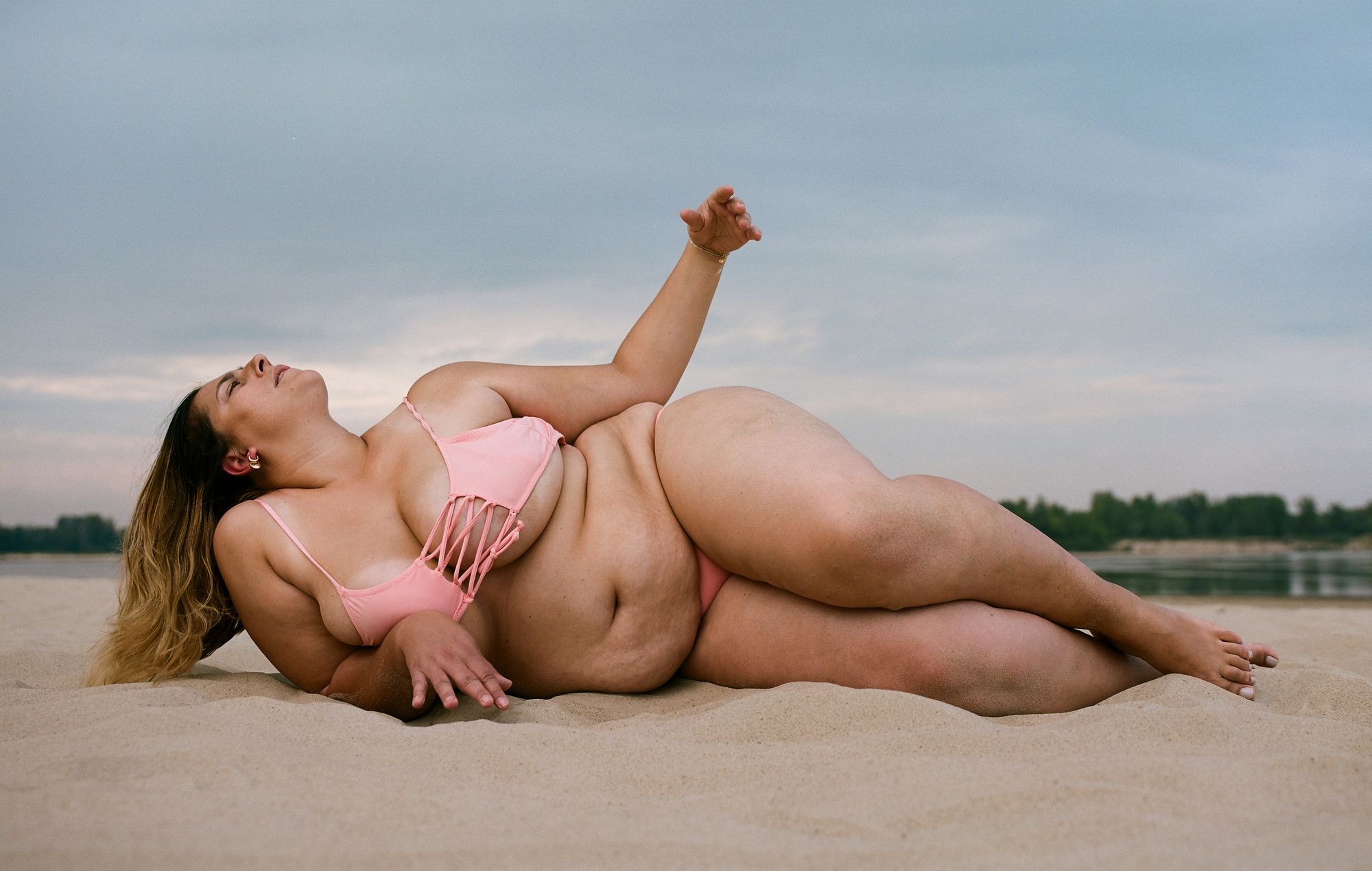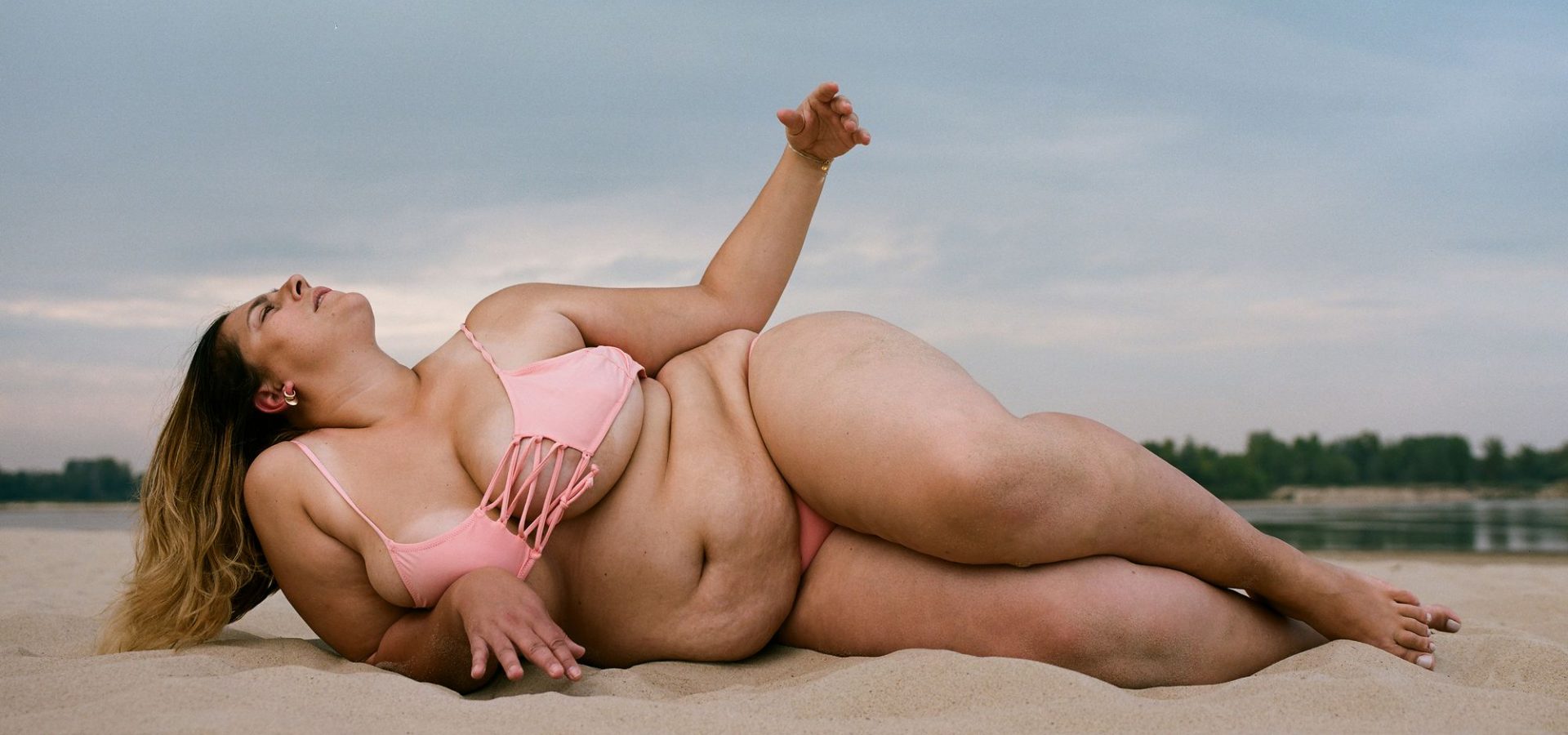
A Little Bigger: Plus Size Girls
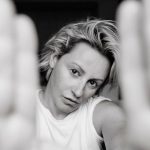
Polish photographer, lives and works in Warsaw.
Last autumn, the British Cosmopolitan placed a 130-kilogram Tess Holliday on the cover. Holliday is a famous model who worked for the Italian Vogue and H&M.
People discussed the cover a lot: on social media, they would say that with her looks, Tess justifies an unhealthy way of life and even promotes it. Feminists insisted that plus size models should be present on the covers along with regular ones.
Polish photographer Zuza Krajewska remembered the beauty standards of Rubens’ times and created her photographic manifesto.
— The idea came about a year ago in response to another project I’d been working on, a
series of photographs on dying in the sunlight about a senior living facility in the most beautiful seaside resort in Poland. During a break in shooting, my assistant and I went for a walk on the beach. I was so charmed by the human bodies, the families playing out scenes from Greek mythology right there on the sand, people looking like statues in the Louvre. At one point, two sisters came onto the beach, the ones from the first photo. They took off their clothes and laid down, and that was it for me.
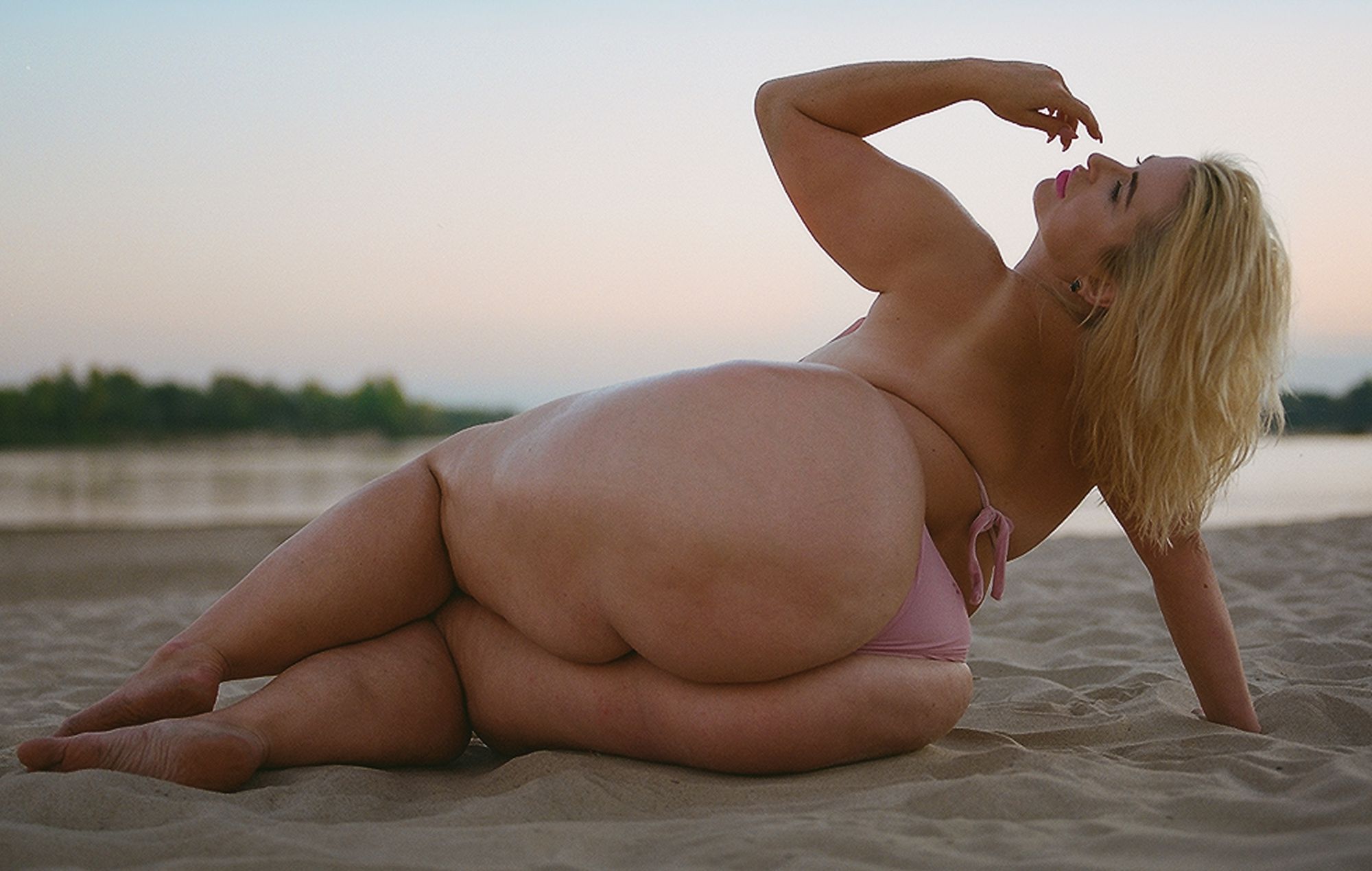
Graceful/Botero Girls series consists of monumental photographs from Polish beaches. I was inspired by the beauty of Venus of Willendorf, the paintings of Rubens and Botero — how those painters saw women’s beauty and gracefulness.
Women in my pictures are your typical Polish women. I had a lot of volunteers contact me in response to my call on social media. It was surprising to see how many of us think of ourselves as plus size — when it’s not the case. I was looking for something on the edge of innocence and strength.
I paid attention to the time of the day and the lighting because the premise was to achieve a kind of painterly effect, classical.
I kept shooting until it happened.
I learned this back at the academy, a tired body is an authentic body. So, I kept shooting until it happened, sometimes it doesn’t happen until the subject has gotten tired of posing. When editing the photographs, I kept vessels, bruises, scars, and tan marks.
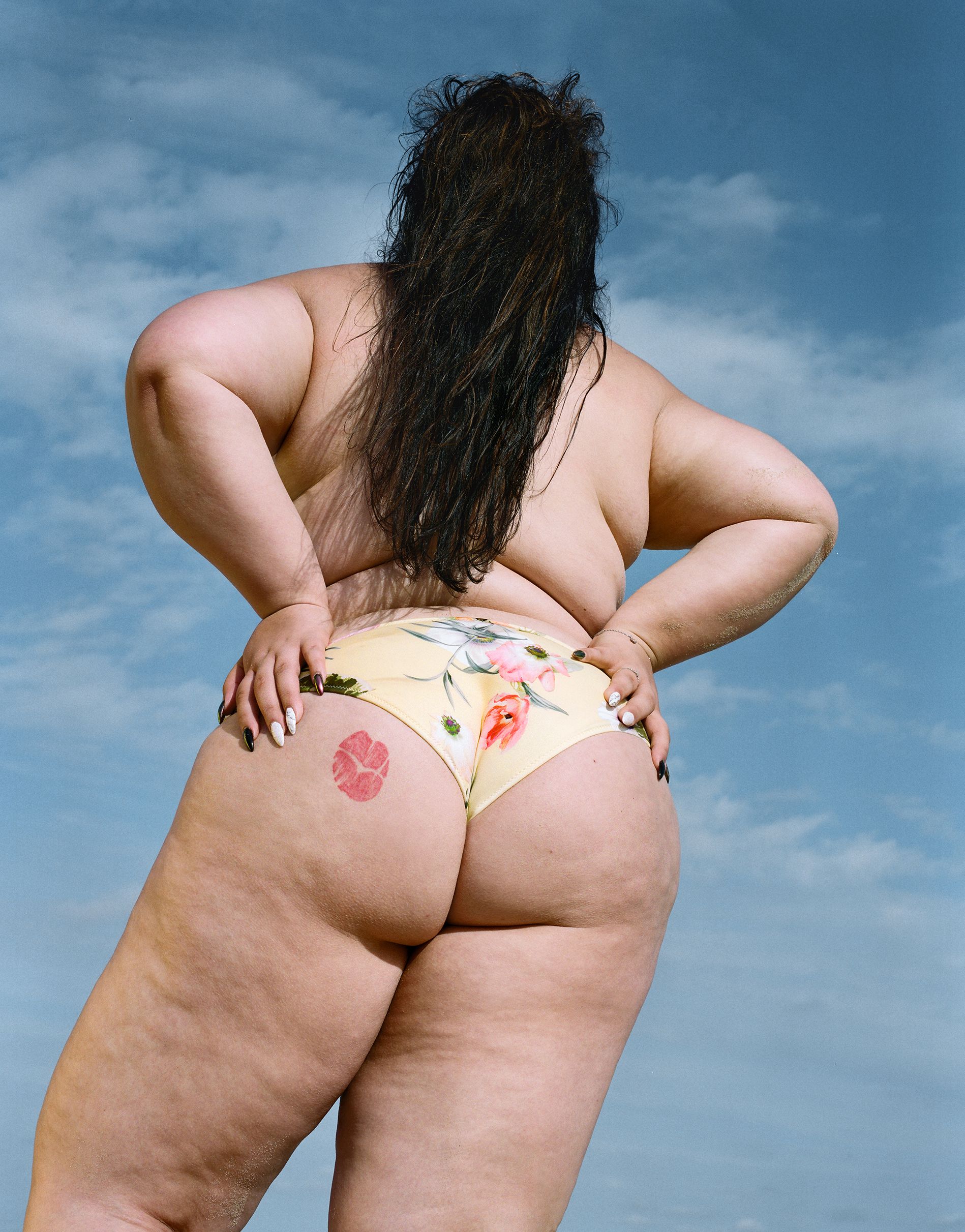
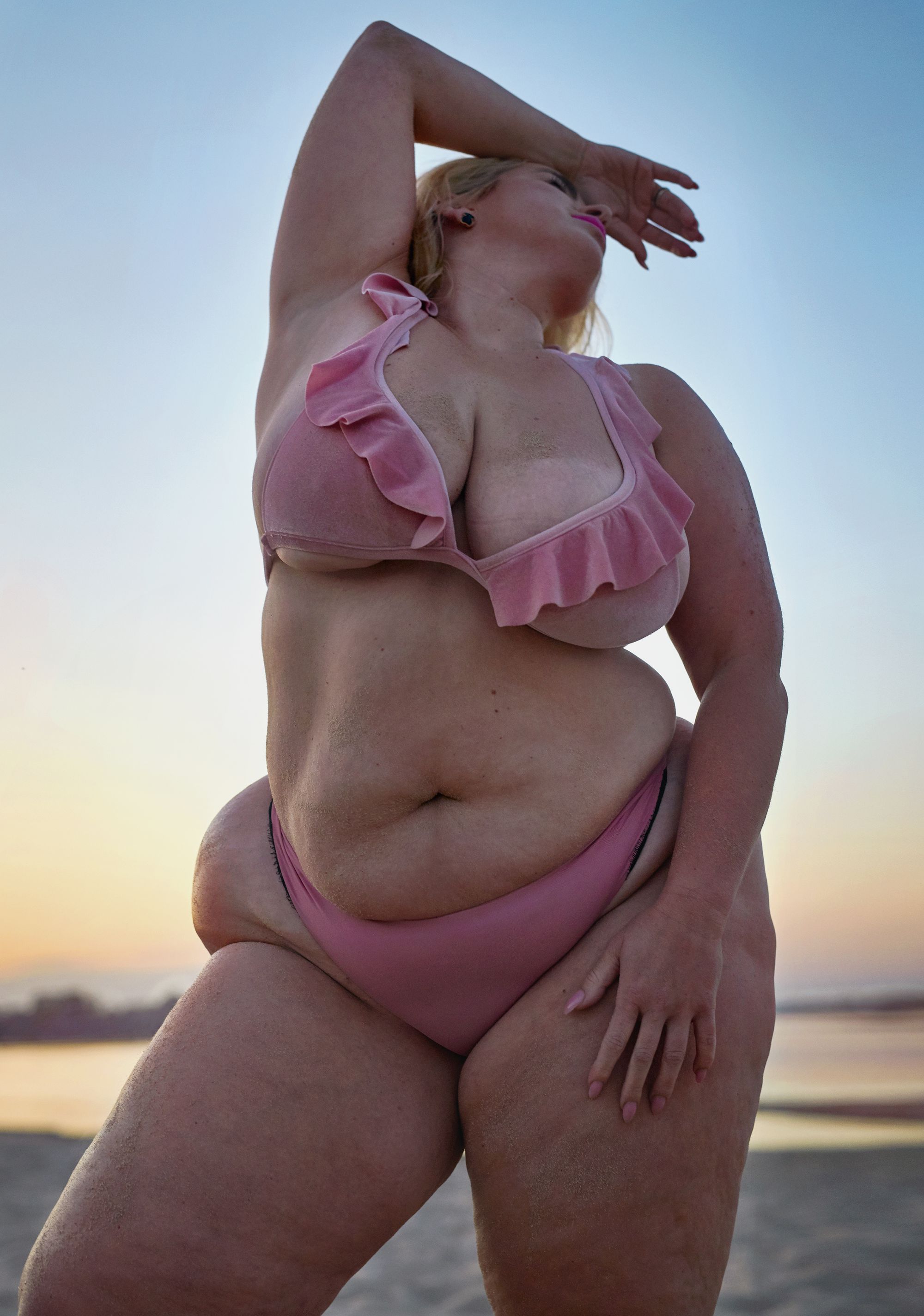
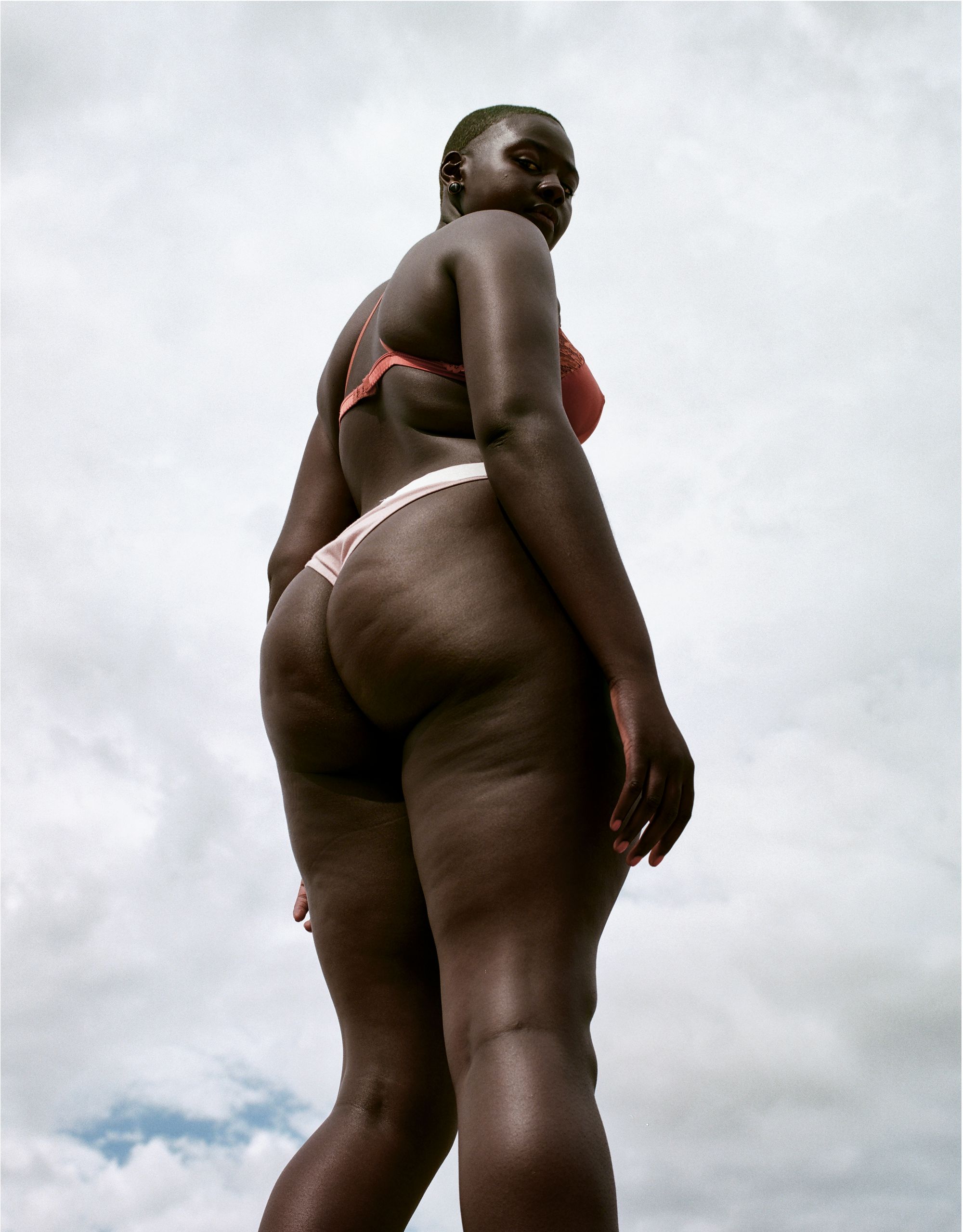
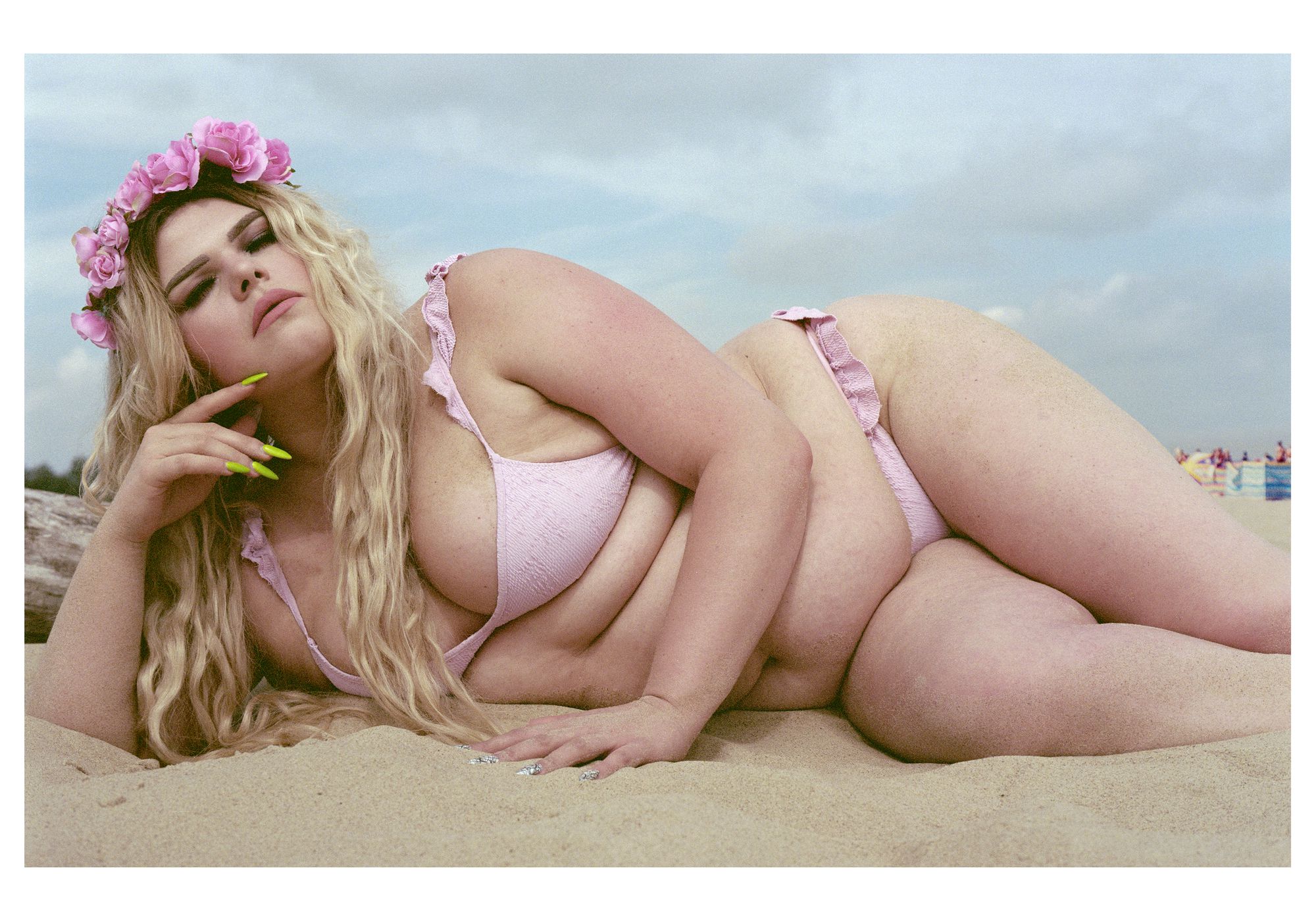
This project for me is a journey into the history of the representation of women in art, a discussion about the canon of beauty that prevails today and a decidedly feminist protest. Does the female body have to be part of the overall manipulation of the media over society?
In our world, sexuality is a commodity, it’s no longer natural and easy, we sell it in politics, fashion, social media. In this project, I’m not dealing directly with sexuality, but if these pictures end up affecting someone in that way, it shows the effect fuller bodies have on us.
I believe we should go the way of greater diversity and acceptance. To be who you want to be and how you want to be. And not judge and limit each other so much.
In our world, sexuality is a commodity, it’s no longer natural and easy.
The perspective they had towards themselves was worked out over the years as a defense in the face of verbal attacks they were confronted with almost everywhere they went. Now, they are nearly all of them very happy women.
My approach to these women reminds me of how my daughter Lula looks at my body, for her it’s
beautiful, she doesn’t judge it, she appreciates the warmth, the softness and ease of it.
I think I do the sort of photography that I’d call emotional. I like it when looking at a picture leads to something more than just an appreciation of the form.
